Classification | Resources | Term 2 Unit 1 | Geography | 6th Social Science - Natural Resources | 6th Social Science : Geography : Term 2 Unit 1 : Resources
Chapter: 6th Social Science : Geography : Term 2 Unit 1 : Resources
Natural Resources
NATURAL RESOURCES:
All resources that have been directly provided
by nature are called Natural resources. The air, water, soil, minerals,
natural vegetation and wild life around us are all natural resources.
The use of any natural resource depends on the place it is available, the form
in which it is available and the technology necessary to avail it.
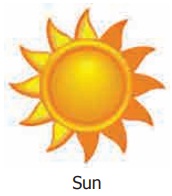
CLASSIFICATION OF NATURAL RESOURCES
Natural resources can be classified into
different groups depending on origin, development, renewability,
distribution, ownership etc.
A. ON THE BASIS OF ORIGIN:
On the basis of origin, resources can
be classified into biotic and abiotic resources.
i. All living resources are biotic
resources, plants, animals and other micro organisms are biotic resources.
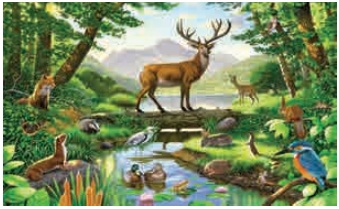
ii.
Abiotic resources
are
non-living things. Land, water, air and minerals are abiotic resources.
The
biotic resources were mere substances till they were recognized by humans.
According to the human needs the substances were collected by the ancient men
and preserved for use. In the beginning, man had only three basic needs-food,
clothing and shelter. He collected things through primary activities
such as hunting, food gathering, fishing and forestry. Later when food became
scarce, they had to cultivate and that became agriculture and the cattle were
also reared on their farms to fulfill their basic needs.
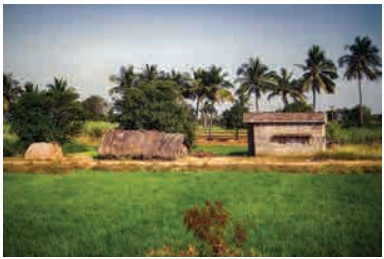
The abiotic resources were also sought
after by the early men. They went in search of better landforms where they had enough
water resources for agriculture and their cattle. They were in need of tools
right from hunting to agriculture. Primarily the tools were only made of
stones. Later man dug the earth for better abiotic resources and found copper
first and iron later. He also mined precious metals simultaneously for making
ornaments. Later mining became one of the leading primary activities and still
holds an important place among the economic activities.
B. ON THE BASIS OF DEVELOPMENT:
Based on the level of development,
resources can be divided into actual and potential resources.
i. Actual resources are resources that are being used and
the quantity available is known. (e.g.) Coal
at Neyveli.
ii. Potential resources are resources that are not being used
in the present and its quantity and location are not known. The technology to
extract such resources is also yet to be developed. (e.g.) Marine yeast found
in the Bay of Bengal and Arabian Sea.
Marine yeast have greater
potential than the terrestrial yeast.
They can be used in baking, brewing, wine, bio-ethanol and pharmaceutical
protein production.
C. ON THE BASIS OF EXHAUSTIBILITY:
On the
basis of renewability resources can be classified as renewable resources
and non-renewable resources.
i. Resources once consumed can be
renewed with the passage of time are called renewable resources. (e.g.) Air, Water, Sunlight. Misuse of such
resources can also limit its available
quantity. So, they have to be used wisely.
ii. Natural resources which are limited
can be called non-renewable resources. They become exhausted after use
and the time they take to replace does not match the life cycle. (e.g.) Coal, petroleum,
natural gas and other minerals.
HOTS:
Find out what other
resources can renew themselves?

The
resources which cannot renew themselves are either scarce or totally absent. So
man is in search of new resources and is conducting several researches. He
confirms that a substance is a resource only after research. He tries to
harness it and also searches the regions where it may be found in. They are
potential resources. Wind energy is one such example. The places where the wind
energy can be utilized are still unknown.
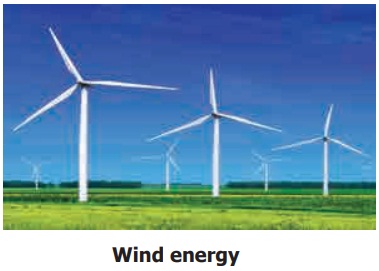
HOTS:
How did coal originate?
D. ON THE BASIS OF DISTRIBUTION:
On the
basis of distribution, resources can be classified into localized resources
and universal resources.
i. When resources are present in
specific regions they are called localized resources. (e.g.) Minerals.
ii. Some resources are present
everywhere Such resources are called universal resources. (e.g.) Sunlight and air.
Activity: 2
Which region / continent
does each of these animals belong to?
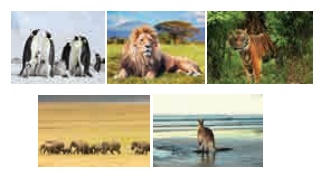
E. ON THE BASIS OF OWNERSHIP:
Based on ownership resources can be
classified into Individual resources, Community-owned resources, National
resources and International resources.
i. Individual resources are
resources privately owned by individuals. (e.g.) Apartments.
ii. Community-owned resources
are resources which can be utilised by all the members of the community. (e.g.)
Public parks.

iii. National resources are
resources within the political boundaries and oceanic area of a country. (e.g.)
Tropical forest regions of India.

Tropical rain forests are
called the ‘World’s largest Pharmacy’ as 25% of the natural vegetation are
medicinal plants. (e.g.) Cinchona.
iv. International resources are
all oceanic resources found in the open ocean. Resources found in this region can
be utilized only after an international agreement. (e.g.) Ambergris
Ambergris is an extract
from the sperm whale. A pound (0.454kg) of sweet – smelling ambergris is worth
US $63,000 and used in perfume industries.
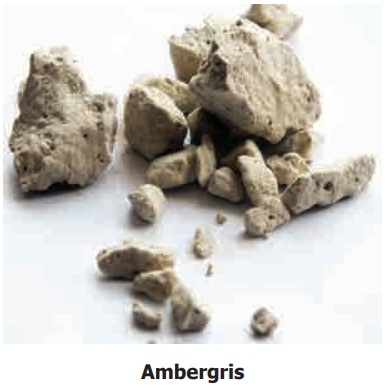
Related Topics